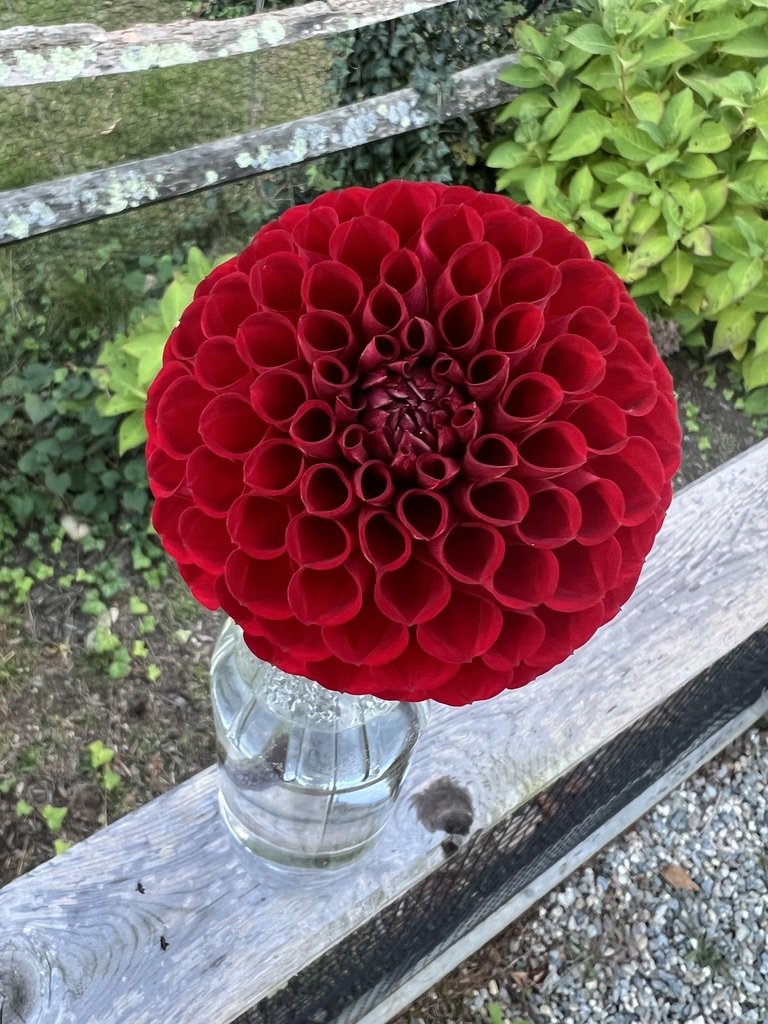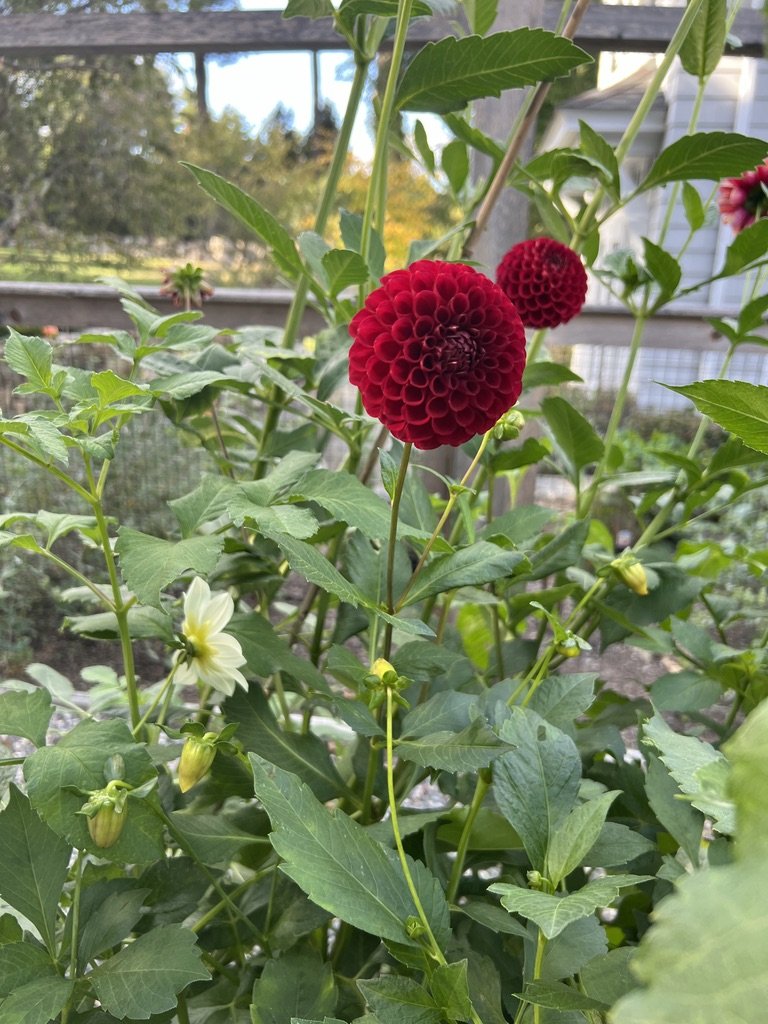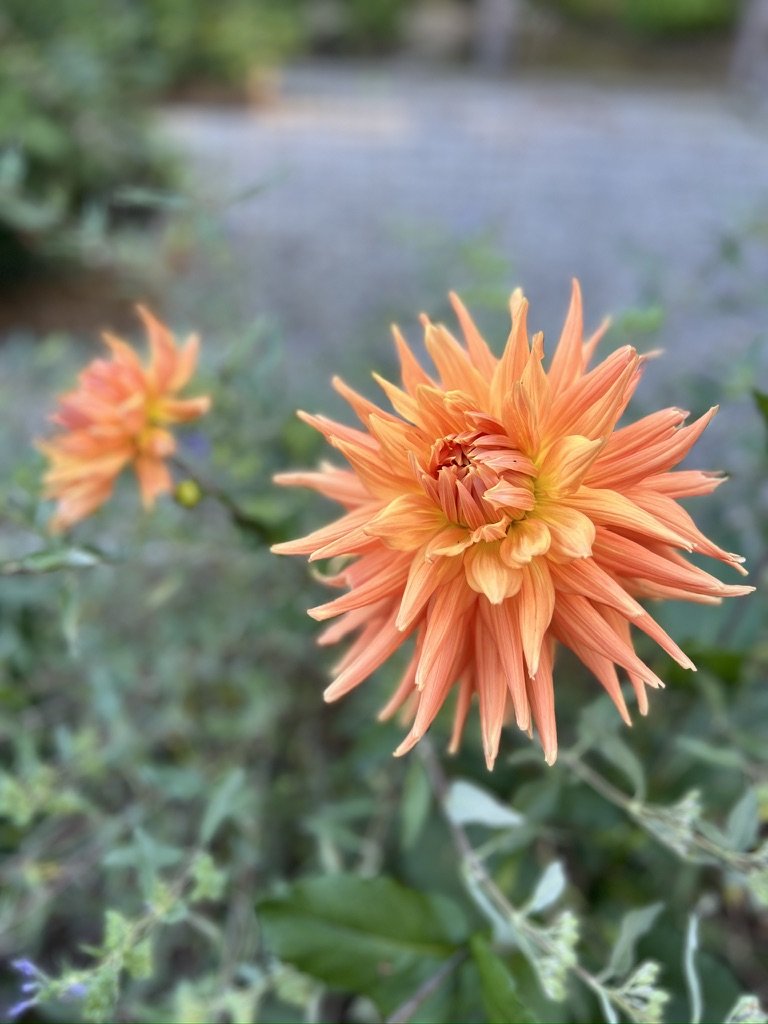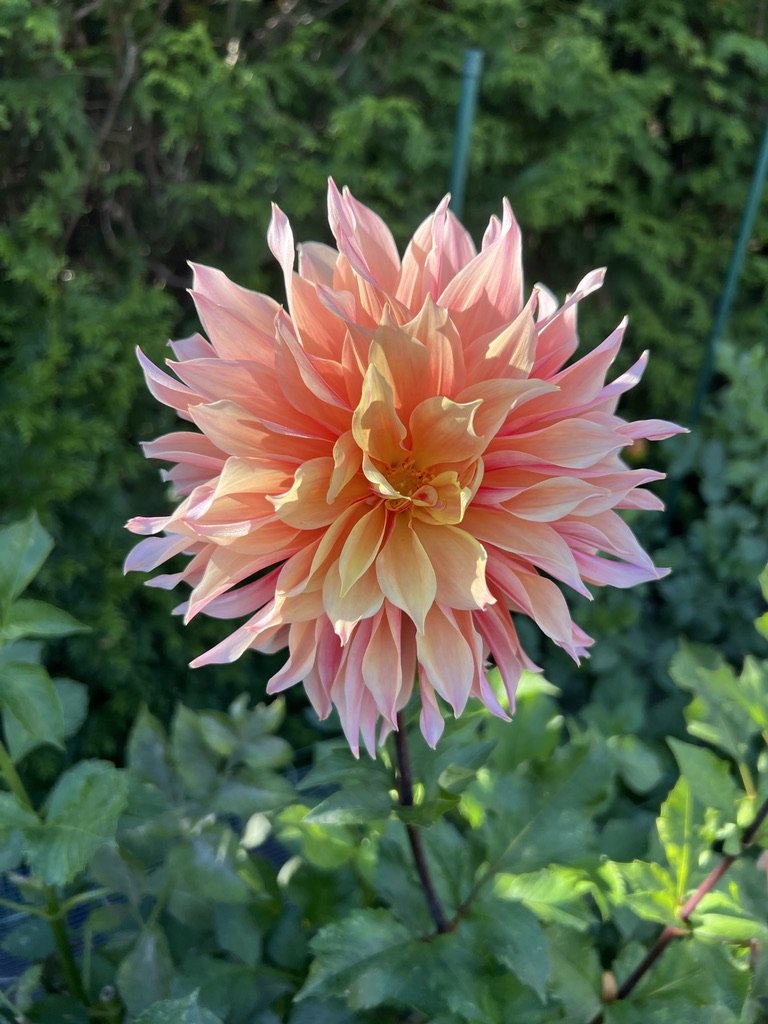 Image 1 of 5
Image 1 of 5

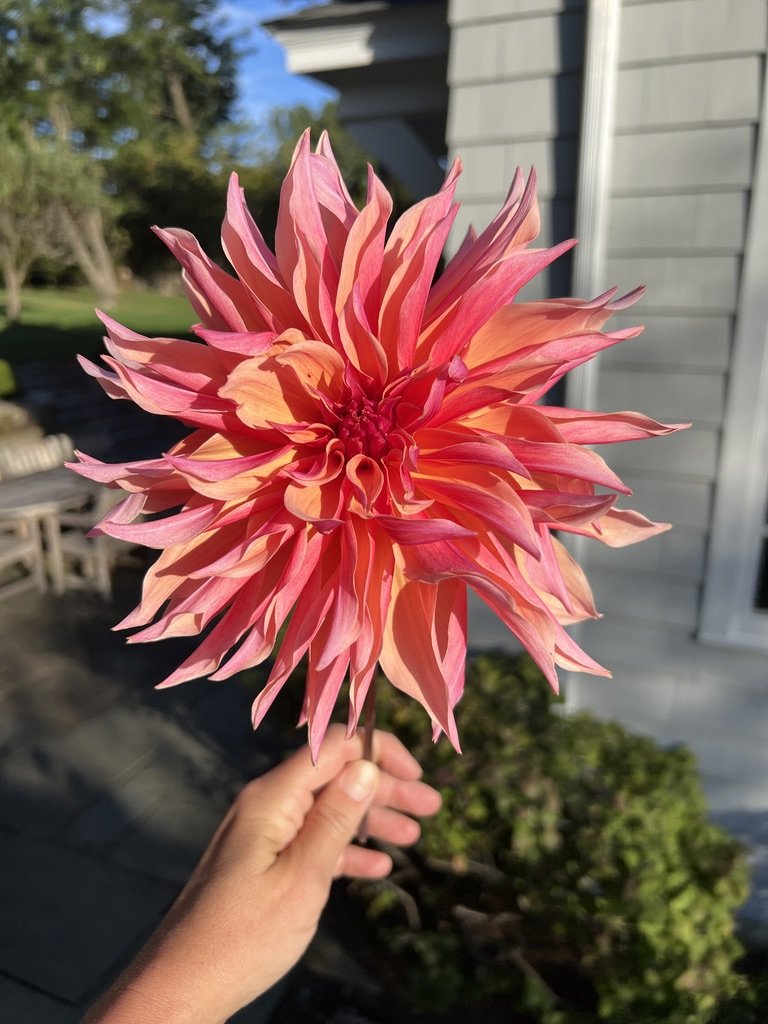 Image 2 of 5
Image 2 of 5

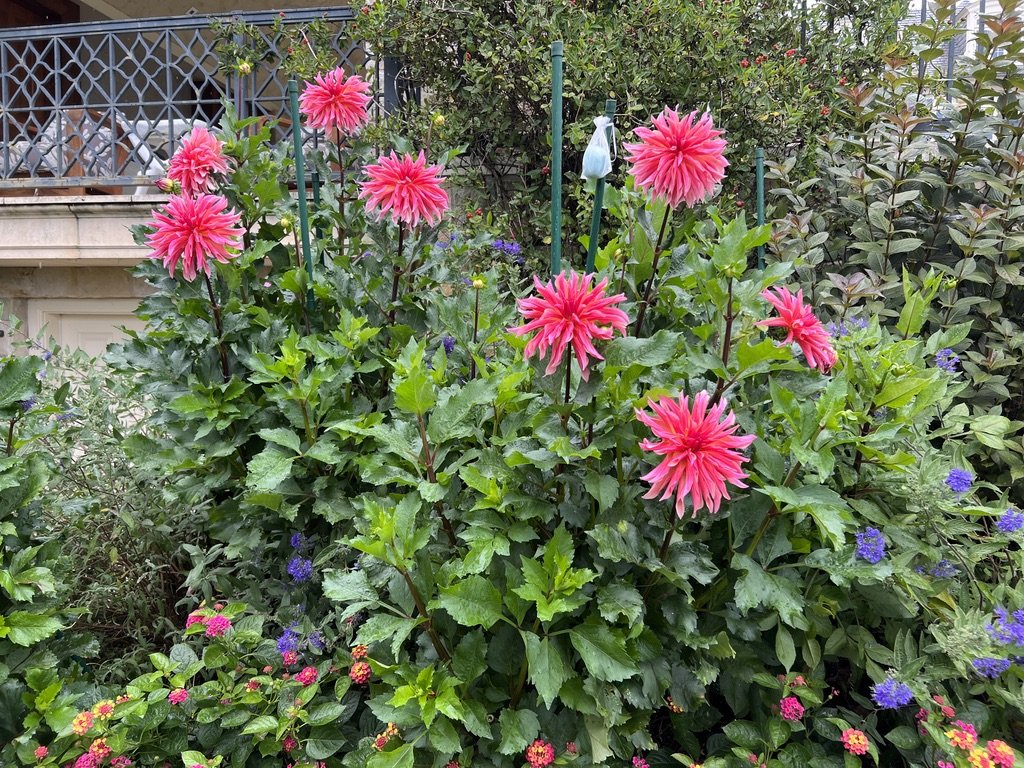 Image 3 of 5
Image 3 of 5

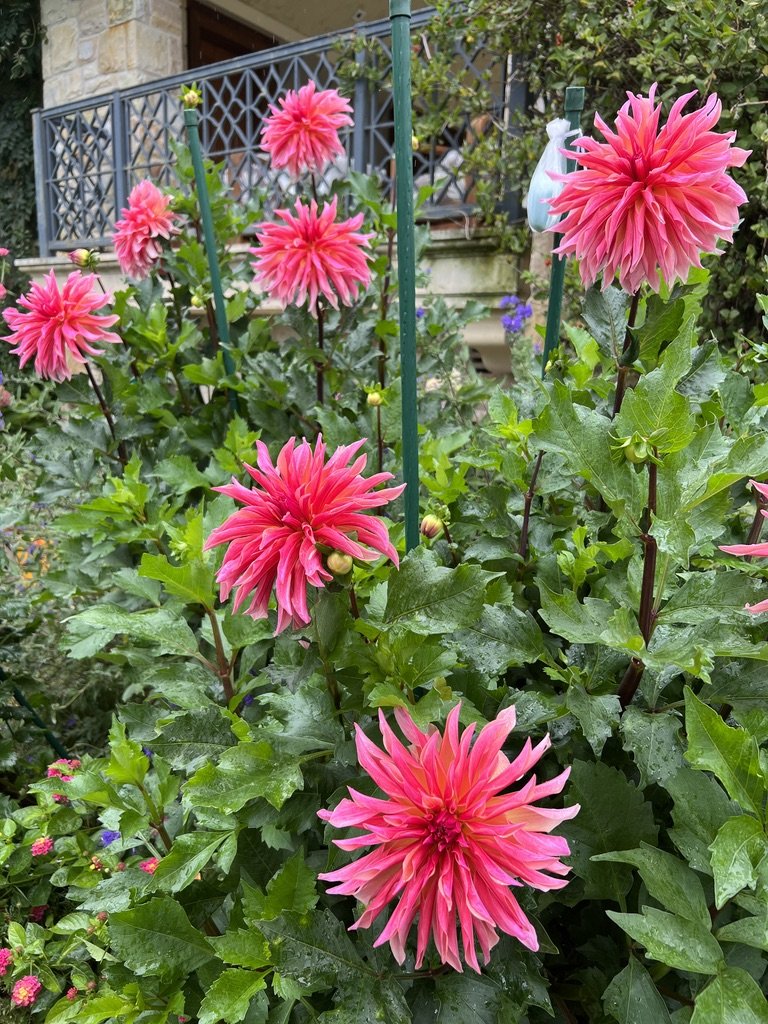 Image 4 of 5
Image 4 of 5

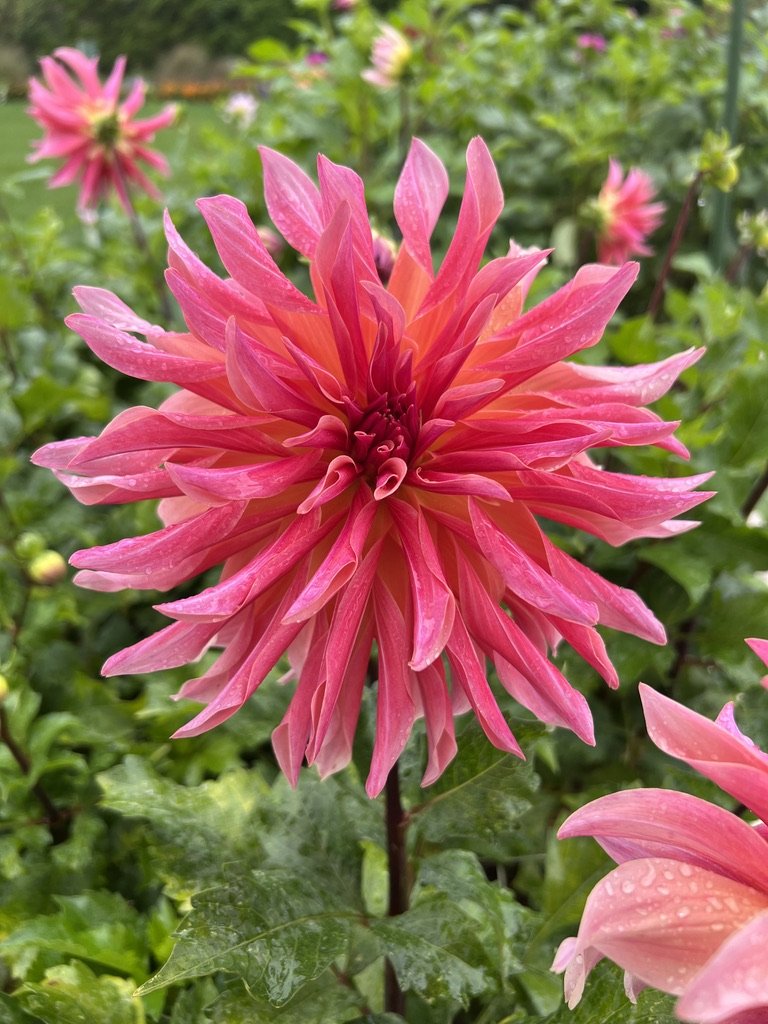 Image 5 of 5
Image 5 of 5






Labyrinth
The Labyrinth Dahlia is a showstopper, renowned for its intricate blooms that blend soft shades of peach, pink, and creamy yellow. Its large, fully double flowers exude a romantic charm, making it a must-have for garden enthusiasts and floral designers alike. Each bloom appears almost hand-painted, creating a mesmerizing display in your garden or arrangements.
Labyrinth dahlias thrive in full sun with well-draining, nutrient-rich soil, producing an abundance of blooms from midsummer to the first frost. This variety is a favorite among pollinators, attracting bees and butterflies to create a vibrant, lively garden. Ideal for USDA Zones 6–8, it can be overwintered with care in other climates.
The Labyrinth Dahlia is a showstopper, renowned for its intricate blooms that blend soft shades of peach, pink, and creamy yellow. Its large, fully double flowers exude a romantic charm, making it a must-have for garden enthusiasts and floral designers alike. Each bloom appears almost hand-painted, creating a mesmerizing display in your garden or arrangements.
Labyrinth dahlias thrive in full sun with well-draining, nutrient-rich soil, producing an abundance of blooms from midsummer to the first frost. This variety is a favorite among pollinators, attracting bees and butterflies to create a vibrant, lively garden. Ideal for USDA Zones 6–8, it can be overwintered with care in other climates.
The Labyrinth Dahlia is a showstopper, renowned for its intricate blooms that blend soft shades of peach, pink, and creamy yellow. Its large, fully double flowers exude a romantic charm, making it a must-have for garden enthusiasts and floral designers alike. Each bloom appears almost hand-painted, creating a mesmerizing display in your garden or arrangements.
Labyrinth dahlias thrive in full sun with well-draining, nutrient-rich soil, producing an abundance of blooms from midsummer to the first frost. This variety is a favorite among pollinators, attracting bees and butterflies to create a vibrant, lively garden. Ideal for USDA Zones 6–8, it can be overwintered with care in other climates.


